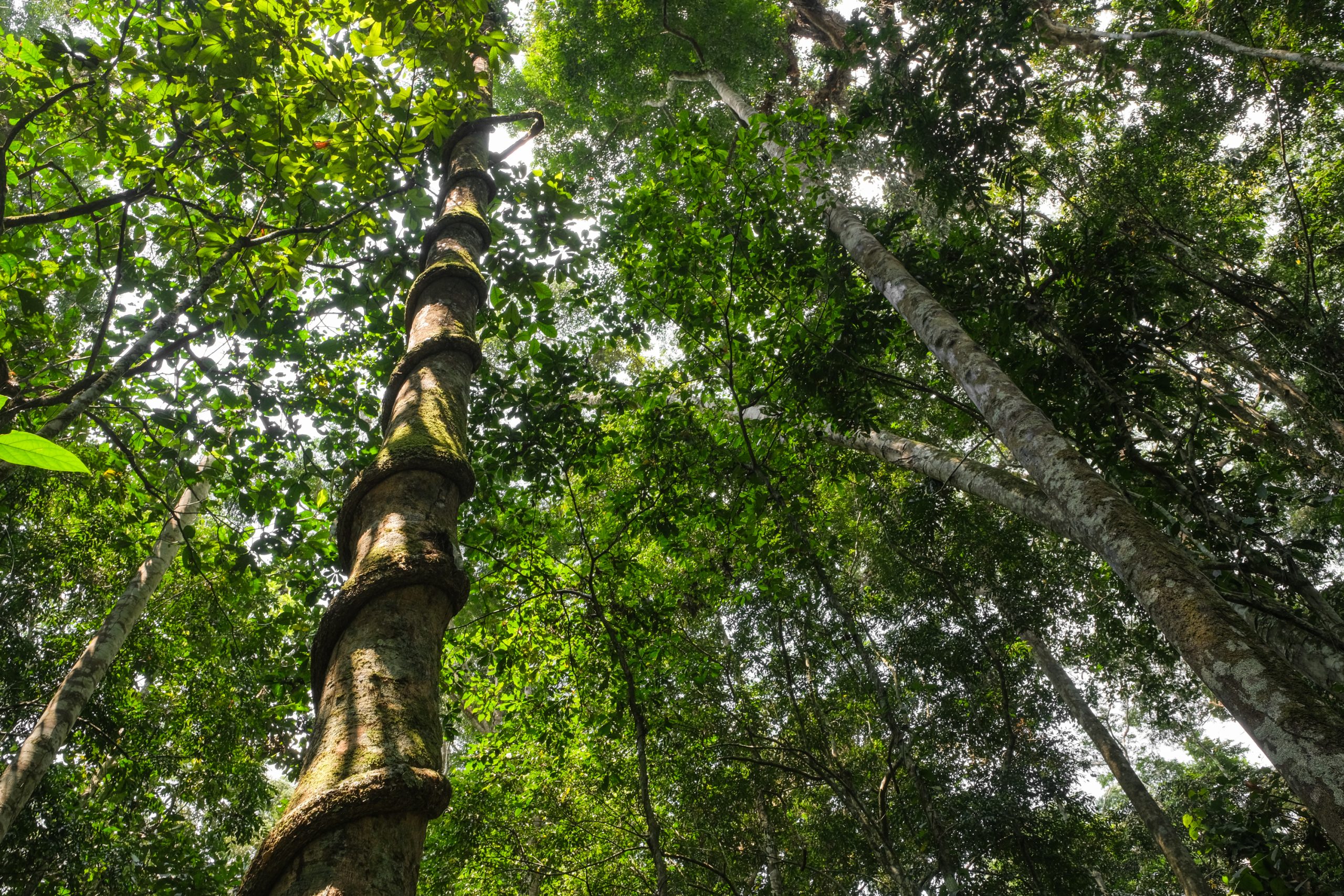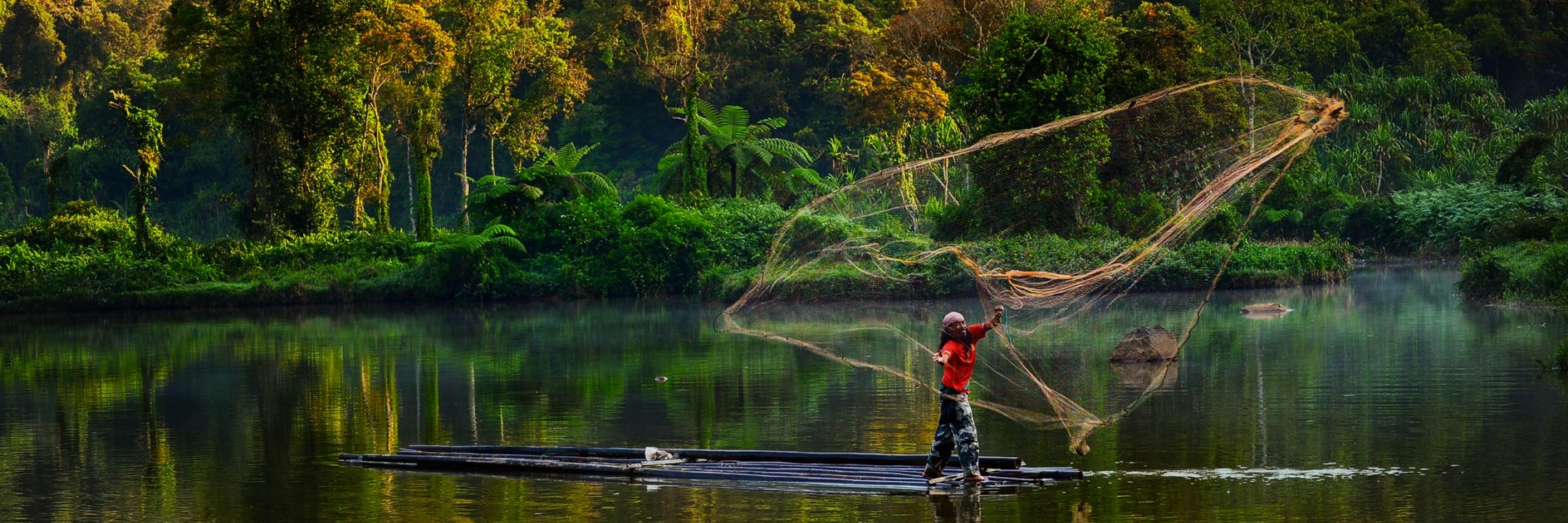Duration of engagment
Medium (1-3 years)
Cost
($)
Participant
($$)
Convener/Coordinator, requiring significant investments of staff time and travel
($$$)
Funder of third-party implementers
($$$$)
Implementer of one or more steps articulated through the land use planning process
In the real world
Mapping priority conservation areas in Côte d’Ivoire
The French chocolate manufacturer Cémoi co-funded and coordinated implementation of a land use planning program in the regions of Mé, Agnéby-Tiassa, and Indénié-Djuablin. The company partnered with Côte d’Ivoire’s Coffee-Cacao Council (a government agency responsible for regulating and developing the coffee and cocoa sectors), other funders, and technical service providers to develop a land use reference map by identifying High Carbon Stock and High Conservation Value areas and to identify and validate key areas to conserve through a process that obtains communities’ free, prior, and informed consent. With this mapping, partners were able implement a range of protection, restoration, and sustainable cocoa cultivation activities aligned with a spatially explicit land use plan.
Conservation planning from below
In the Kapuas Hulu district of West Kalimantan, Indonesia, Golden Agri-Resources (GAR) manages three plantations covering 20,000 ha, which overlap 14 village boundaries. GAR had made a commitment to implement the High Carbon Stock Approach (HCSA) methodology for halting deforestation. That meant reserving certain portions of its plantations for conservation. The company had to ensure that local communities would not deforest lands it would set aside and leave intact, but early efforts did not adequately engage local communities, who viewed the set-asides as land grabs. Following an independent review of the social impacts of the company’s forest conservation policy, GAR piloted a Participative Conservation Planning tool with The Forest Trust, village leaders, government agencies, and local NGOs. The tool combined conservation mapping with participatory village mapping, and identified which area to protect, to manage for local livelihoods, and to develop for industrial agriculture. GAR then shared these maps with local governments to inform village-level spatial plans that clarified and secured broad public support for clear land use determinations. To scale mapping and spatial planning, GIZ, the High Conservation Value Resource Network and the district government are conducting a High Conservation Value and High Carbon Stock assessment throughout the entire district.
Villages help decree wildlife migration corridors
Bumitama Agri is a large Indonesian palm oil producer that suffered a period of tensions with local communities in its concession area. In response, the company worked with IDH and Aidenvironment to adopt village-level land use planning, empowering local stakeholders to influence decision making and reduce future risk of conflict. This participatory approach with community members sets out to map current land use for production, protection, and infrastructure/housing, as well as to propose improved land use zoning. All this is then brought to the local government for formal approval, through a village spatial plan decree. Since 2016, the project has established participatory land use maps for eight villages. The different village-level plans are aggregated into defined zones that protect wildlife migration corridors in West Kalimantan that connect the Gunung Tarak protected forest with the Sungai Putri peat swamp forest. Beyond social and ecological benefits, Bumitama saw a clear business case for undertaking this work.
Key points for companies
Government entities have lead authority over land use planning, yet companies play an important role (see Annex 2 in the PDF version of this Guidance for further details). They may catalyze the public process if plans are absent or need updating, and they may participate in a process that the government has already initiated. Specifically, companies can:
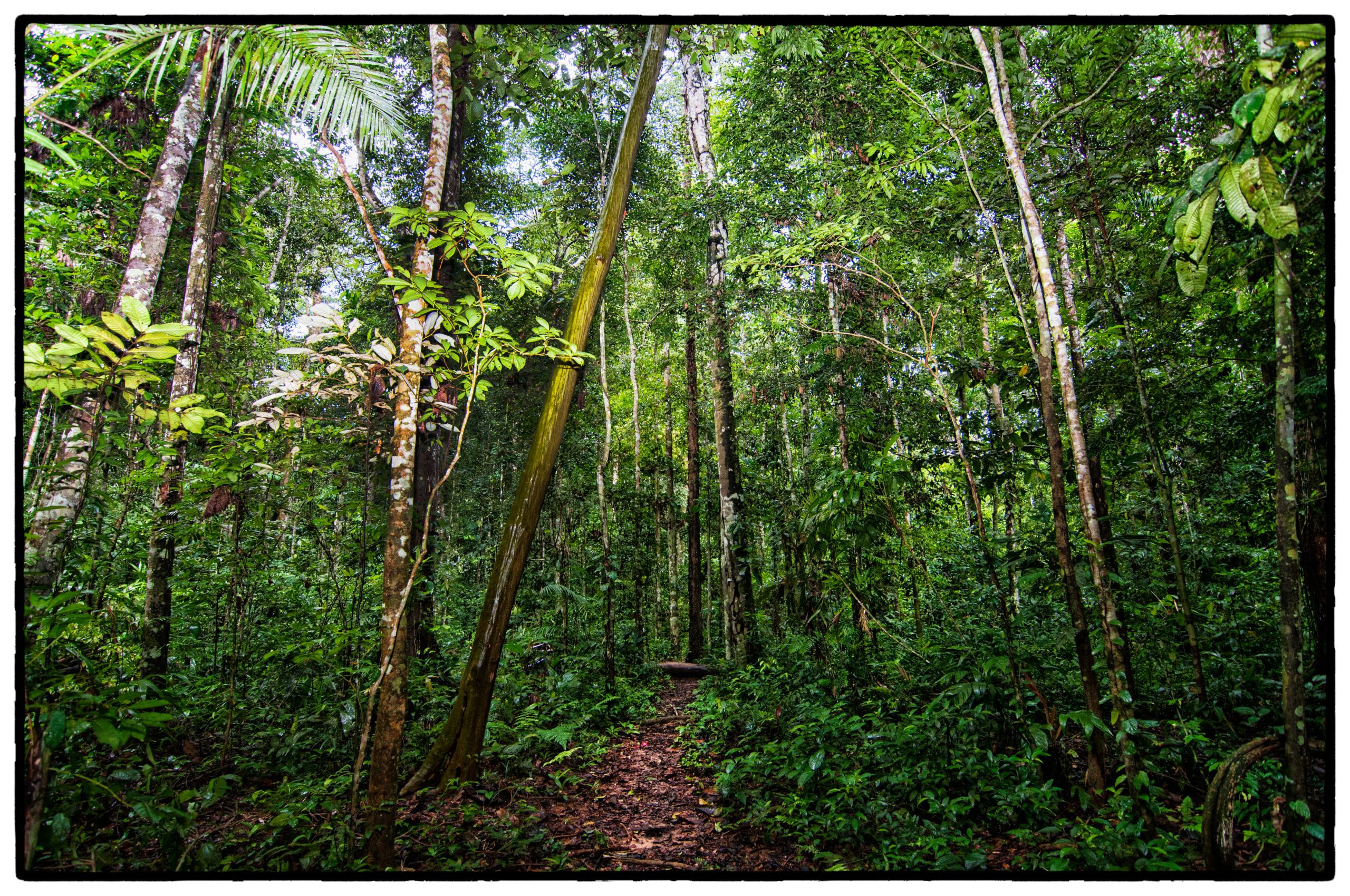
Facilitate participation by relevant stakeholders in the planning process where these stakeholders are receptive and where the company possesses sufficient influence and trust to invite their participation. A neutral, third-party facilitator is often best positioned to convene diverse local stakeholders, including those who may not trust companies or other actors, and can mitigate the power imbalance between various interests.
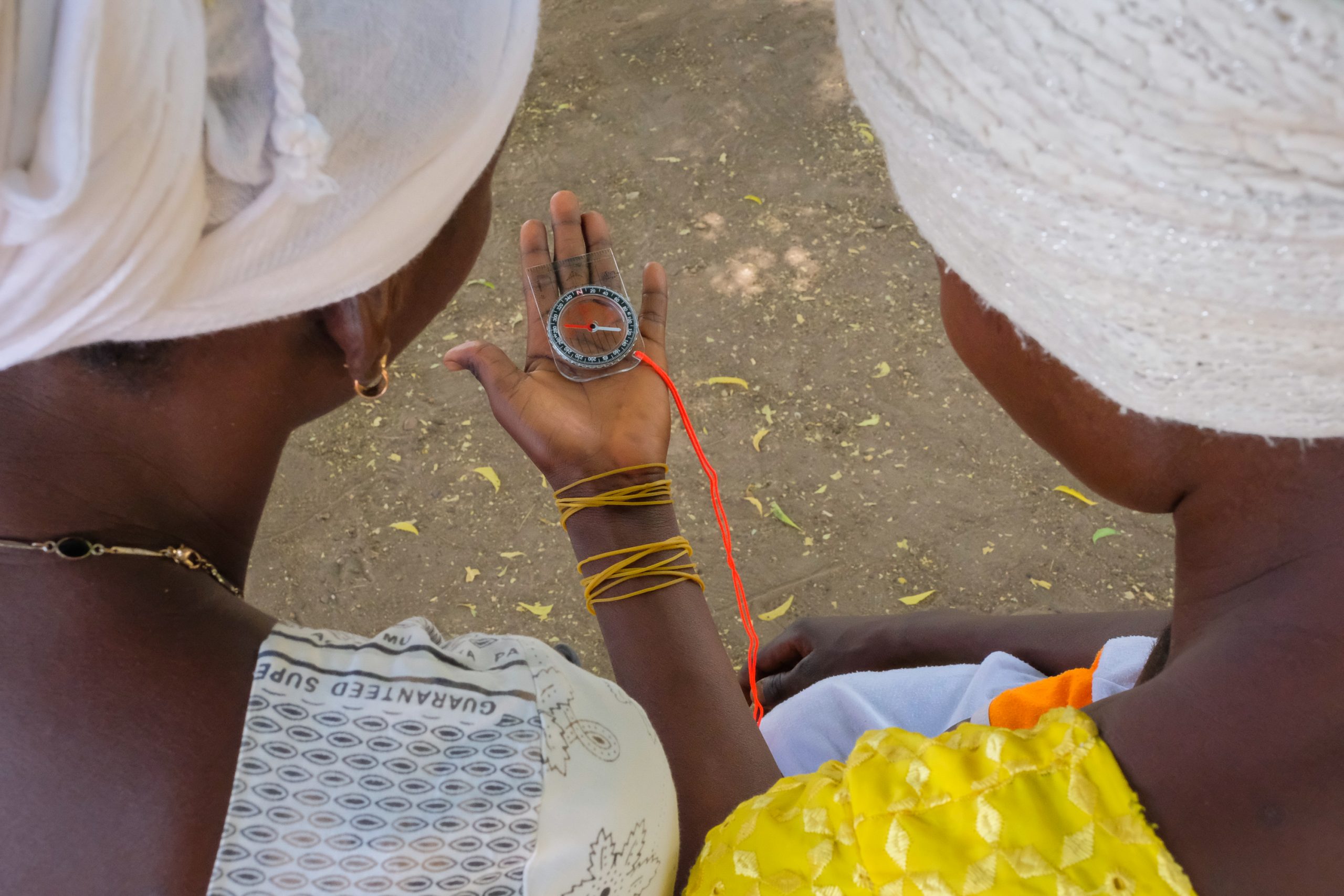
Support development of a land use reference map that is produced in an inclusive, participatory fashion. A company may take on this work directly or support it by funding consultants or NGOs to lead the technical effort, while also providing data and staff time to help review documents.
- A reference map helps planners grasp how different actors are using a jurisdiction’s land. Stakeholders can identify overlaps with priority conservation areas, anticipate and defuse potential conflicts, and find alignments among productive uses and users.
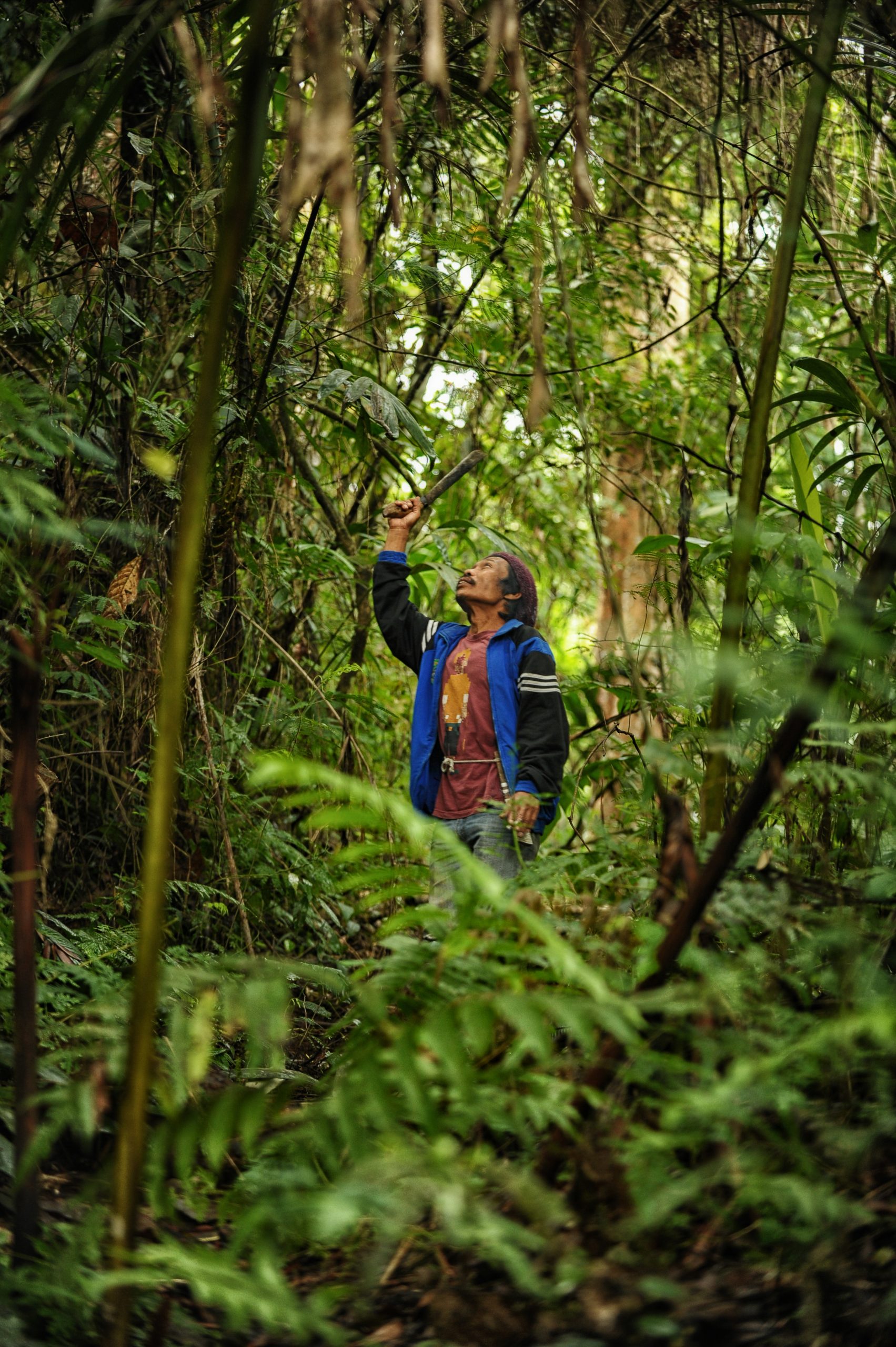
Contribute staff knowledge, data, and ecological training to help determine priority areas for conservation in the landscape/jurisdiction.
- The technical process of prioritization – often led by a government entity or a third party – applies tools that delineate which areas require protection, restoration, or specialized management to achieve conservation outcomes (including High Carbon Stock, High Conservation Value, and Key Biodiversity Area methodologies). It also assesses overlapping land ownership, usage rights, and other social factors.
- GAR’s experience shows how companies (or governments, for that matter) cannot undertake land use planning without consulting affected populations, even where the intent (e.g. preventing deforestation) is virtuous.

Negotiate the land use plan in good faith, aligning corporate sustainability ambitions with job creation and social equity (empower the voices of local communities, smallholders, and women in the negotiation), while minimizing production-protection trade-offs.
External conditions that improve likelihood of success
- Stakeholders in the L/JI are willing to engage in the land use planning process based on shared interests in improving conservation while meeting economic needs.
- Government actors with land use authority demonstrate both commitment and capacity to use the resulting plan as the basis for regulation and enforcement.
- Land use experts are available who can identify and map priority conservation areas, and then integrate economic, environmental, and community perspectives into the plan.
- Local communities and smallholders have enough time and organizational capacity to participate through trusted leaders and chosen representatives.
- Land tenure had been clearly defined, and there is either an absence of, or a pathway for addressing, any conflicting land use rights.
- There is participation, or at least buy-in, by a critical mass of companies whose operations have significant impacts on land, ensuring accurate information and adequate support for the land use priorities and plan that emerges.
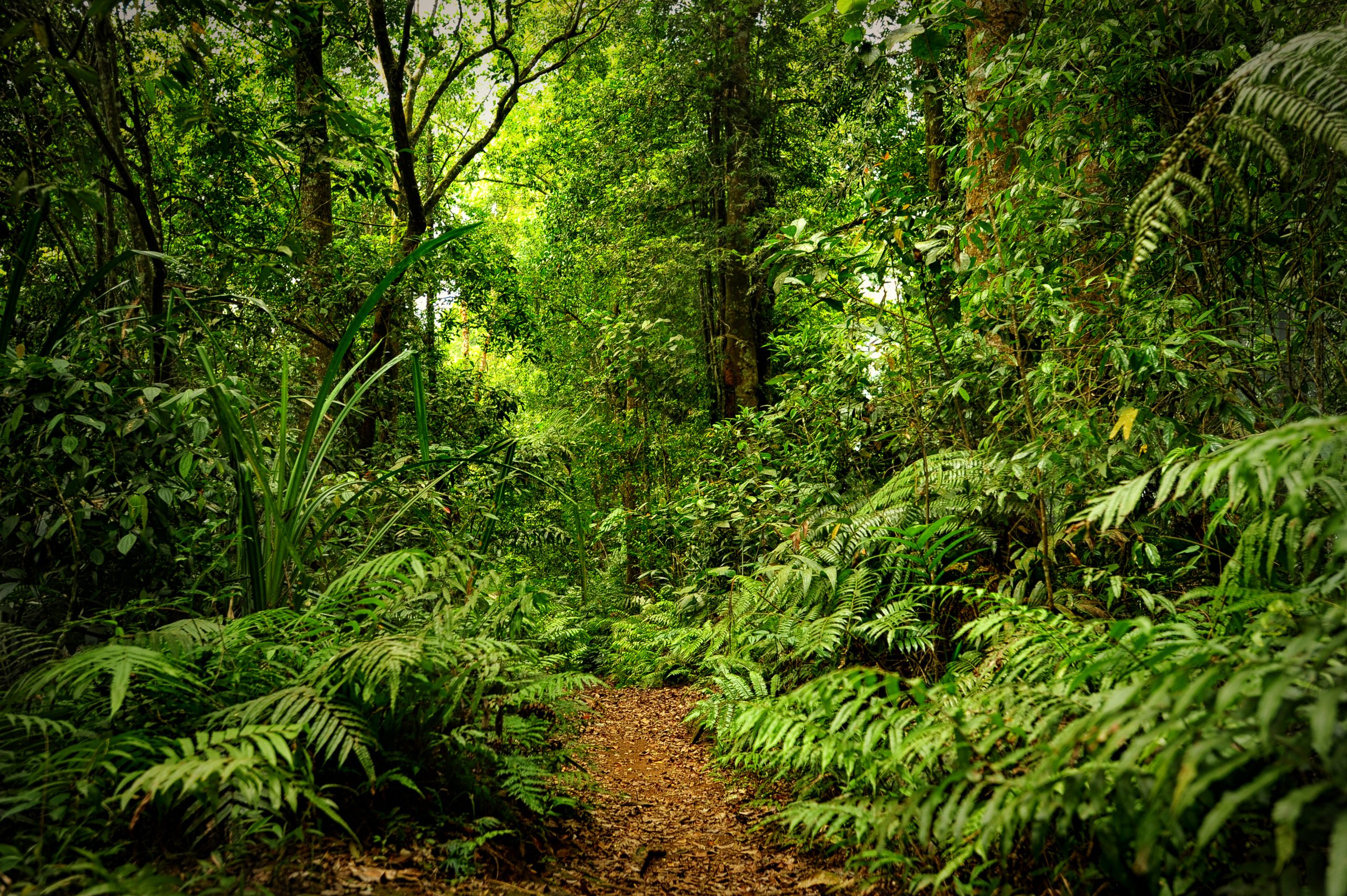
The business case for this intervention
- By working with relevant stakeholders to generate a land use plan, a company reduces risk of conflict over misaligned objectives, avoids potential duplication of activities and investments, and clarifies the government’s expectations of what companies can do to ensure their actions comply with the law.
- By aligning with the government and local stakeholders on permitted land uses, a company reduces risk that (in)action by others will undermine its own sustainability goals and targets.
- By embedding methodologies like the High Carbon Stock Approach or High Conservation Value assessments into landscape/jurisdiction-level land use plans, a company:
- Avoids the need to undertake conservation planning whenever it wishes to expand production or sourcing within the landscape/jurisdiction.
- Helps address deforestation on community-controlled forests both inside and outside the boundaries of its own managed farms or those from which it sources.
